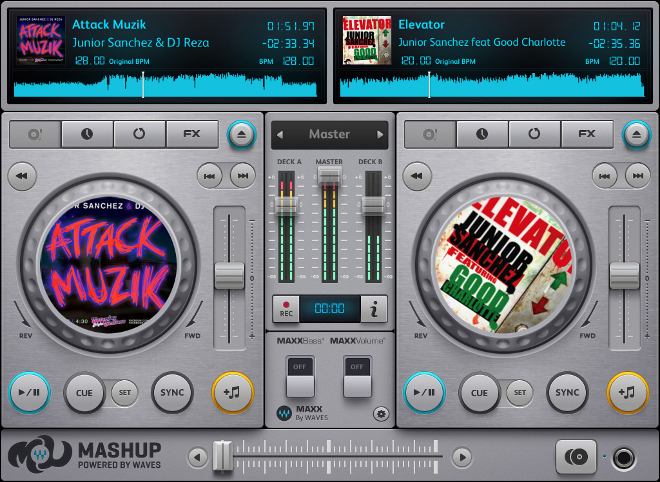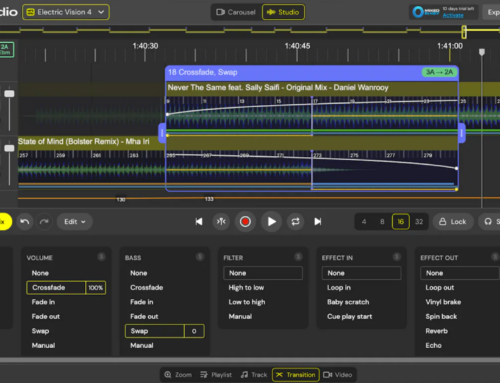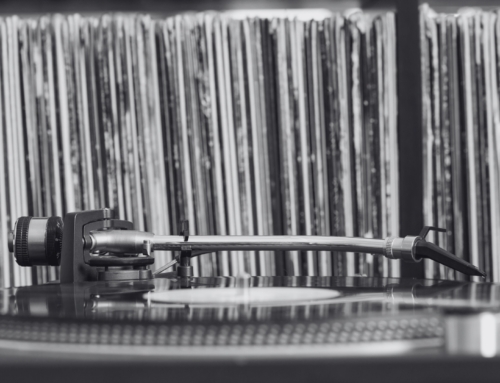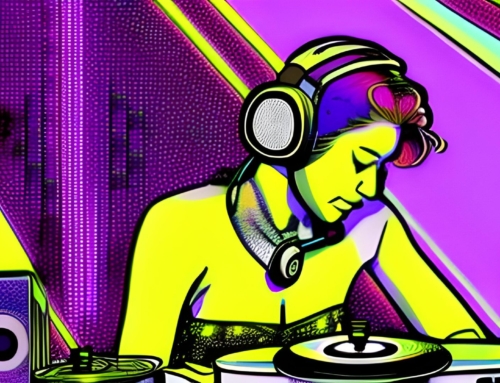The use of mobile devices has skyrocketed in the last few years, and with that comes plenty of new, scaled down adaptations of computer software for mobile. With tablets and smartphones becoming more powerful and more prevalent, mobile software is also seeing a boost in quality and some companies are even porting their software entirely, or at least optimizing a “for mobile” version. Recently, mobile DAWs and DJ software have been popping up on these app stores and providing an often enjoyable experience, but with laptops powerful enough to run this software already, it may be hard to see a reason to go to these alternatives at first glance.
Music production on mobile can be just as in-depth as its computer counterpart. Take Fruity Loops Mobile, Cubasis (the mobile version of Steinbergs’s Cubase) or Audio Evolution Mobile for example. Recording audio samples and controlling MIDI data with nothing but a mobile device is astounding in itself. Complete control with gestures or taps is something we are already familiar with, thanks to every other app we have used on mobile. Some devices even have MIDI controller support, so if touch controls aren’t cutting it, physical sliders or keys can be used as well. These mobile DAWs also support sharing project files from mobile to desktop, and vice versa.
DJing on mobile isn’t as complicated, but it is just as effective. Traktor for iOS is a great representation of its desktop counterpart, and supports just about every feature as well. Simply load up a setlist and it is good to go. While controlling some of the fades and effects live on a touch screen could be a little bit wonky, it sure saves a lot of time and effort trying to pack up miscellaneous hardware and a laptop every time. It is nice to know that Native Instrument’s own mixing controllers are easily supported as well. Native Instruments also decided to jump on the gestures bandwagon, but this can drastically streamline the overall experience.
One of the best features about these mobile adaptations is that there (usually) isn’t any kind of hardware compatibility. Most of the software mentioned will work for anyone with a high end iOS (or Android if supported) device. The developers knew that they had to make software that is available to most users, so these versions were optimized to fit the needs of these devices and embrace the unique features such as touch screens and on-board microphones. There is no need for drivers with these either – if it is supported, it will run well and in its entirety right after it is installed to the device. Supported MIDI controllers require no extra steps either. If it is recognized by the software, it is going to work instantly.
For those producers and DJs who frequently use tablets or smartphones for a majority of the time, or who can’t afford a high end machine to produce on, it may be be worth taking a look at these mobile alternatives. They often provide a similar (and sometimes even improved) experience for a much cheaper price, and can run on a device that is probably already sitting around the house. These devices also provide for a great all-in-one workstation, thanks to the touch screen, microphone and powerful processing power. While they may not fit everyone’s needs, they’re definitely worth at least checking out or keeping an eye on.
Reference Links:
http://www.image-line.com/flstudiomobile/
http://www.native-instruments.com/en/products/traktor/traktor-for-ios/traktor-dj/
http://www.audio-evolution.com/index.php?option=com_content&view=article&id=46
http://www.steinberg.net/en/products/mobile_apps/cubasis.html





